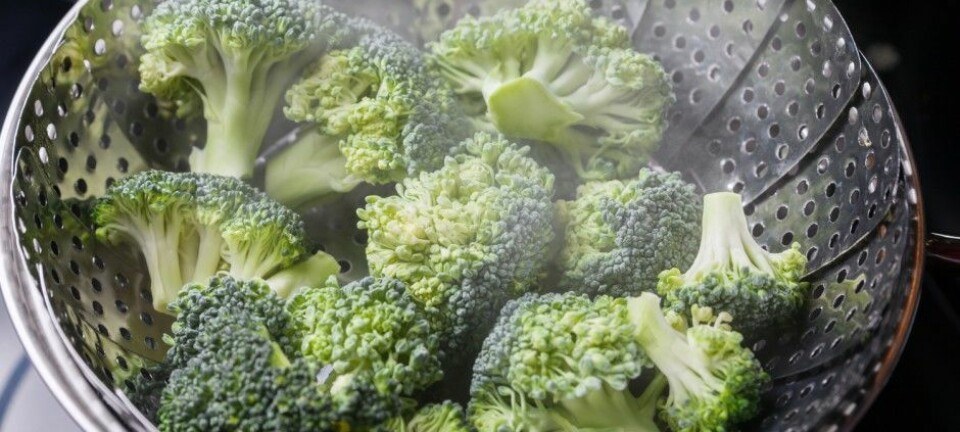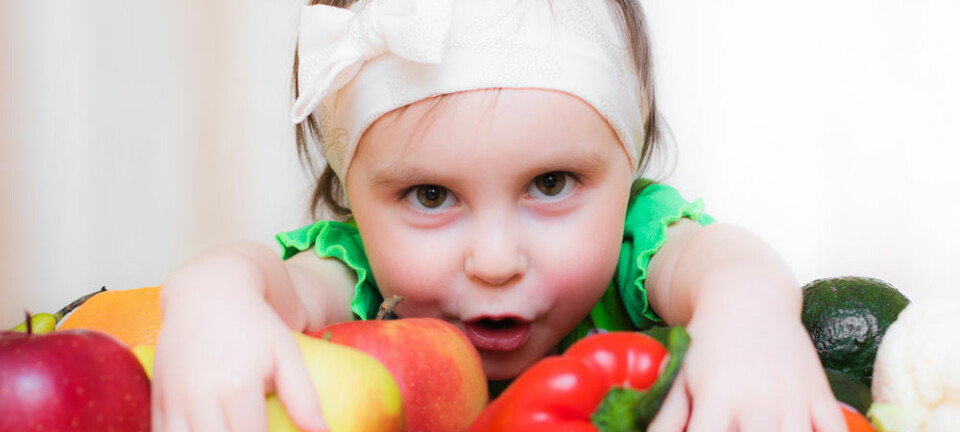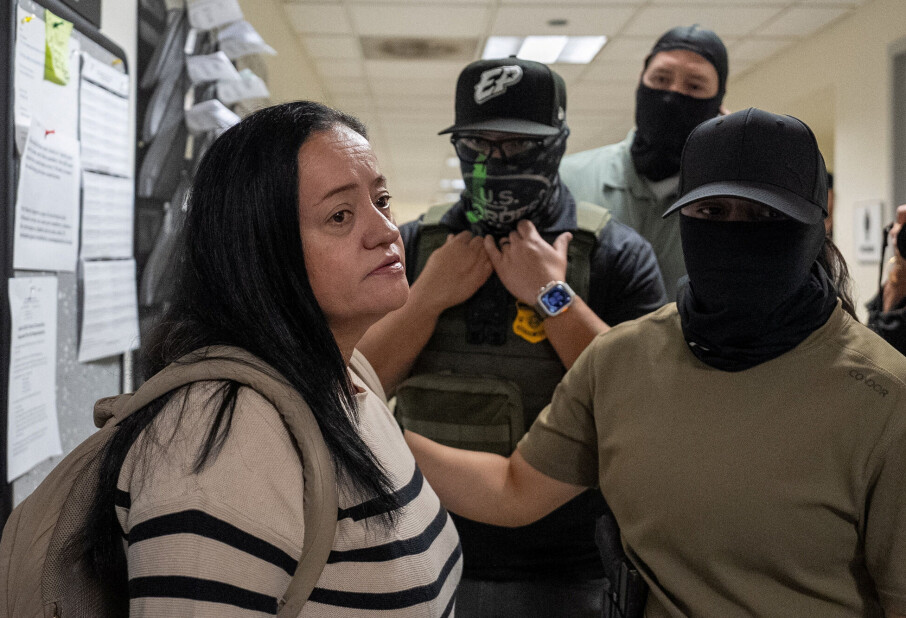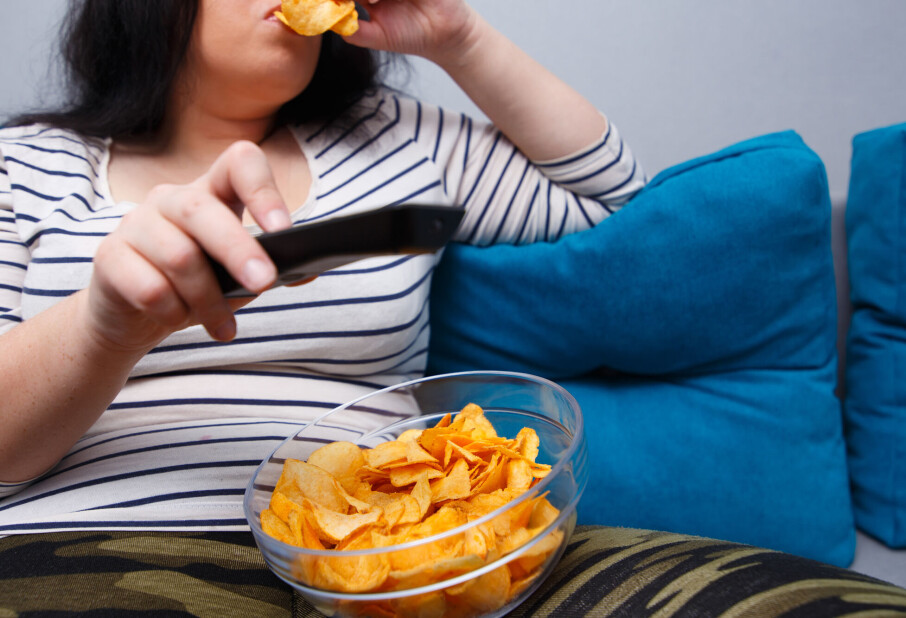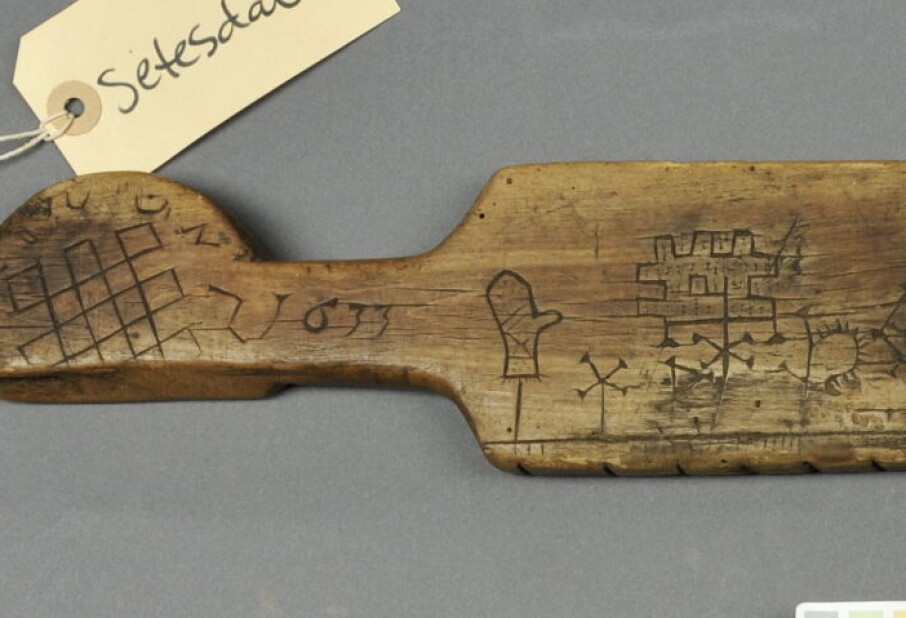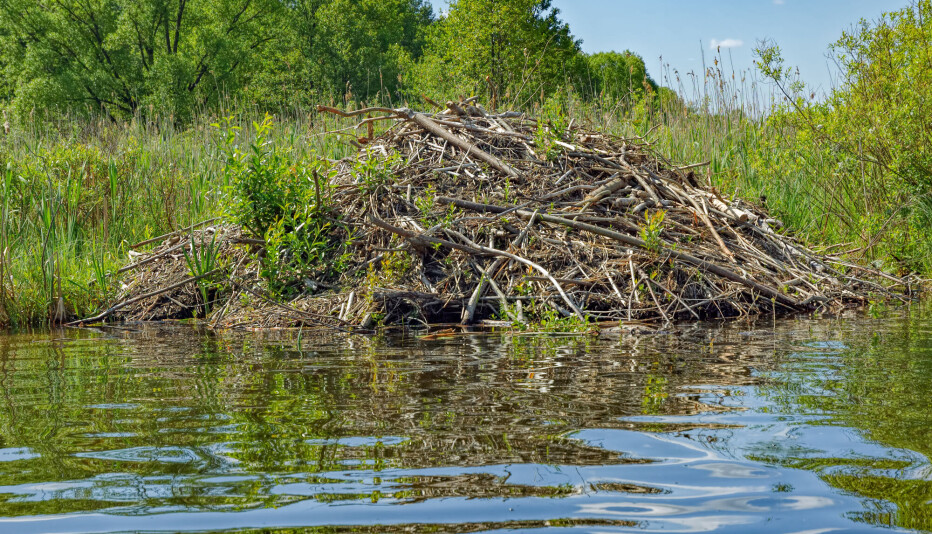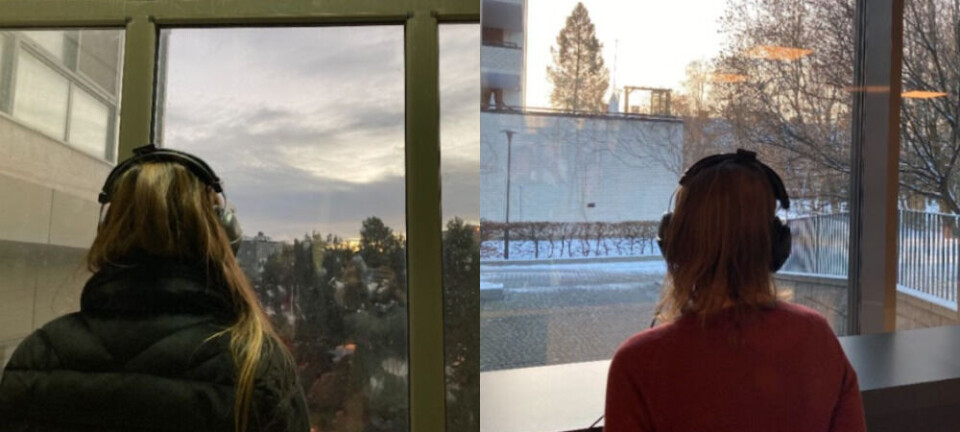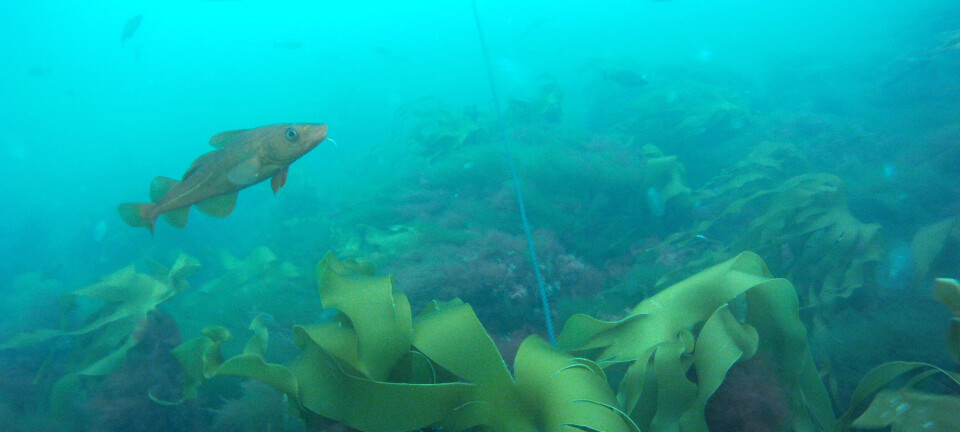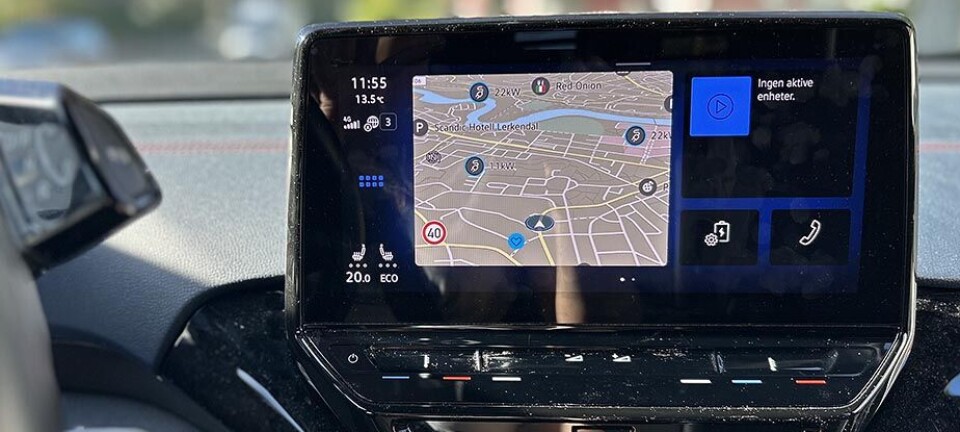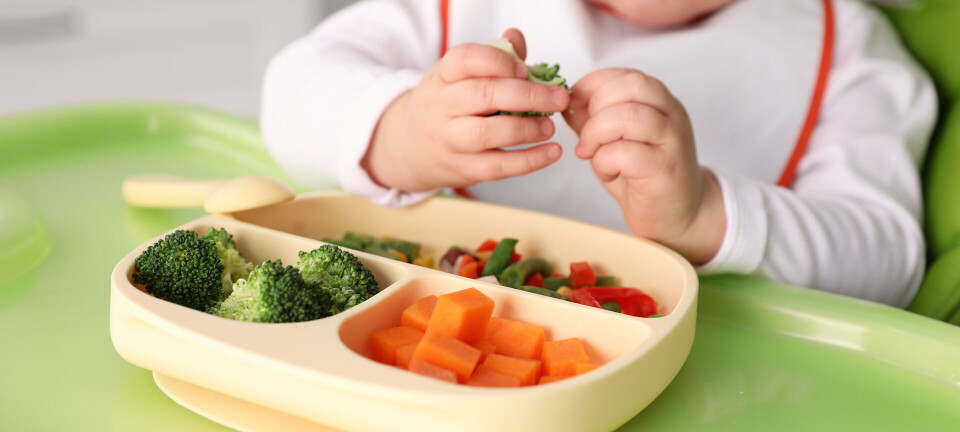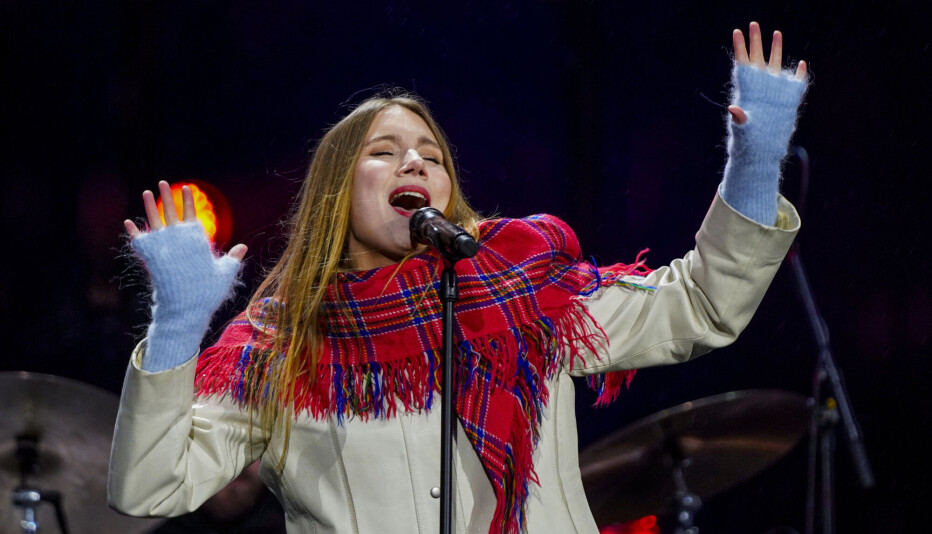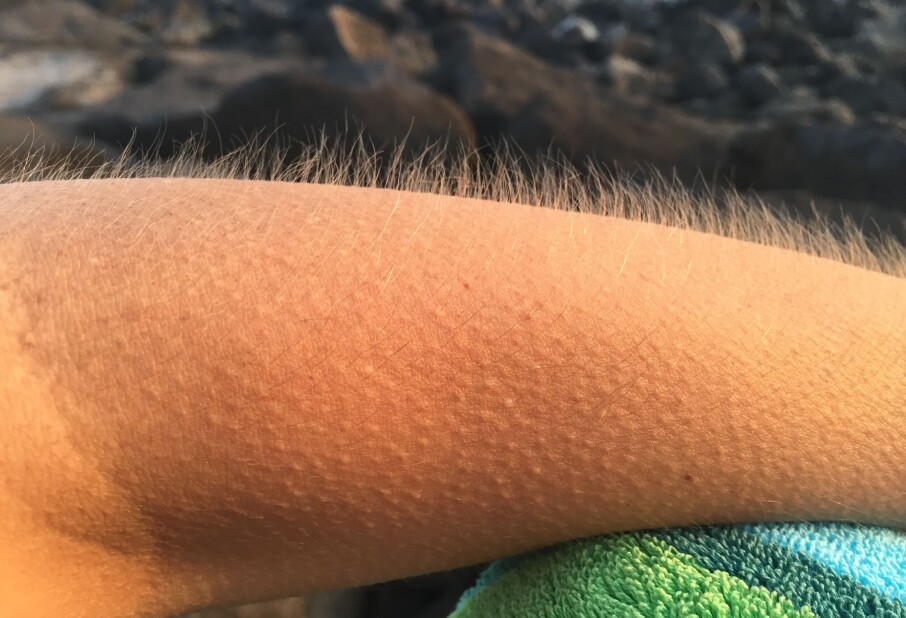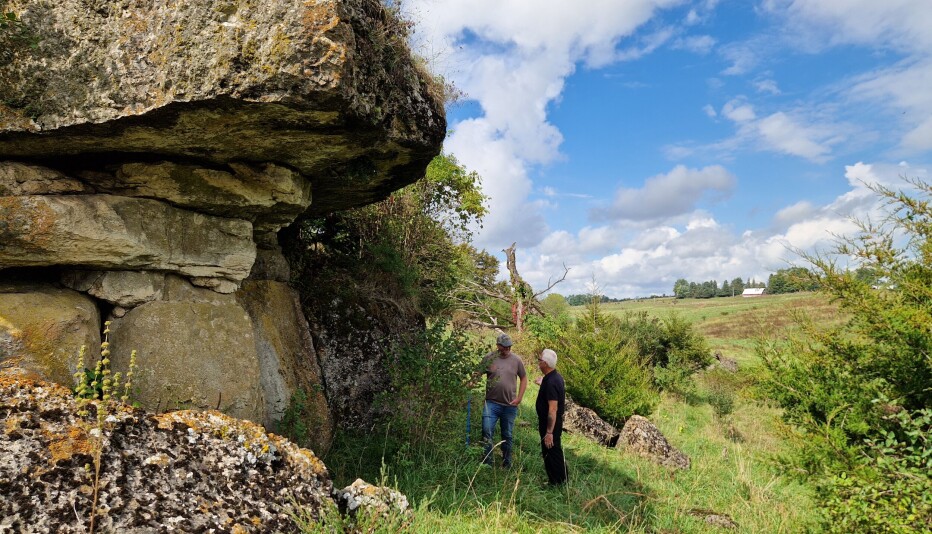
Why you should consider buying those expensive frozen peas
According to one researcher, most uf us are eating poor quality peas.
“There’s a huge difference in quality among peas,” says Sveinung Grimsby at Nofima, the Norwegian Institute of Food, Fisheries and Aquaculture Research.
The researcher makes a suggestion: Buy two plastic bags of frozen peas, one expensive and one that is cheap. Once you taste the difference you will know what you have been missing if you always opt for the lowest price peas.
“If you think peas aren’t particularly tasty, you haven’t tasted good peas,” asserts the pea researcher.
Only frozen or canned
Peas are a vegetable that Norwegians rarely get fresh. Nearly all are sold frozen or canned.
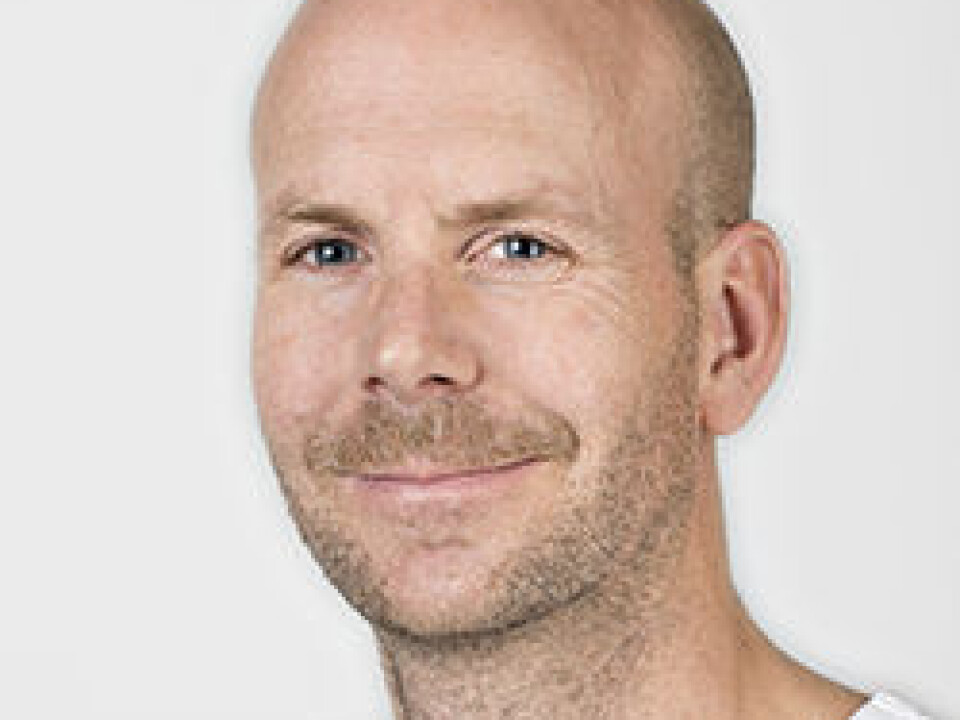
“Once picked, peas spoil extremely fast. Norwegian peas are often grown just a few kilometres from the plant where they are frozen. This makes it possible to freeze them within hours after being harvested,” explains Grimsby.
It’s a natural chemical reaction. After being picked, the sugar in a pea quickly turns to starch. The more rapidly they are heat treated and frozen, the sweeter and better the peas will taste on your plate.
Opt for quality
Sveinung Grimsby finds it pathetic that so many of show so little concern about quality when buying frozen vegetables.
Customers often spend time judging and selecting the best fresh vegetables in supermarkets.
But at the frozen produce sections they just grab whichever packages are cheapest and toss them into the shopping cart.
“The strong market share of cheap frozen vegetables undermines product development,” complains the researcher.
His advice to those who want better vegetables is to reach deeper into their purses. Scientists know now that frozen vegetables – especially in the winter and spring – are an excellent alternative to the veggies you find in a grocery store’s fresh produce department.
This applies to nutrients as well as taste.
Norwegians should also consider frozen rather than fresh if they are concerned about the environment and sustainable agriculture.
Frozen vegetables are more likely to be grown in Norway and that means they are relatively local produce. There is probably less wastage if the vegetables we buy are frozen, rather than fresh.
Consider root vegetables: The foods industry estimates that some 30 percent of the produce spoils and is discarded during storage from winter till spring.
Buy typical wok vegetables
Some customers have doubts about what vegetables they should buy frozen, especially in winter and spring.
“Think in terms of wok vegetables,” suggests the researcher.
Cauliflower, leeks, beans and Brussel sprouts are good to buy frozen. And of course, green peas.
“From February on, even typical Norwegian root vegetables like carrots have to be imported from Spain or other countries if you want them fresh. So you might just as well get them in the supermarket freezers,” says Grimsby.
Less wastage
Grimsby says little research has been done on the respective rates of spoilage and wastage from the farm to the kitchen among frozen and fresh vegetables.
“But I am pretty certain that there is less wastage if the vegetables are sold frozen. The industrial freezing plants discard as little as possible. But you still get your vegetables ready-cleaned and chopped up into the right-sized bites.”
“Just think about what happens if you by a fresh rutabaga (swede). How often is it that the last half ends up in your fridge until you throw it away? With frozen vegetables, you use what you need and put the rest back into the freezer.”
-------------------------------------
Read the Norwegian version of this article at forskning.no
Translated by: Glenn Ostling







